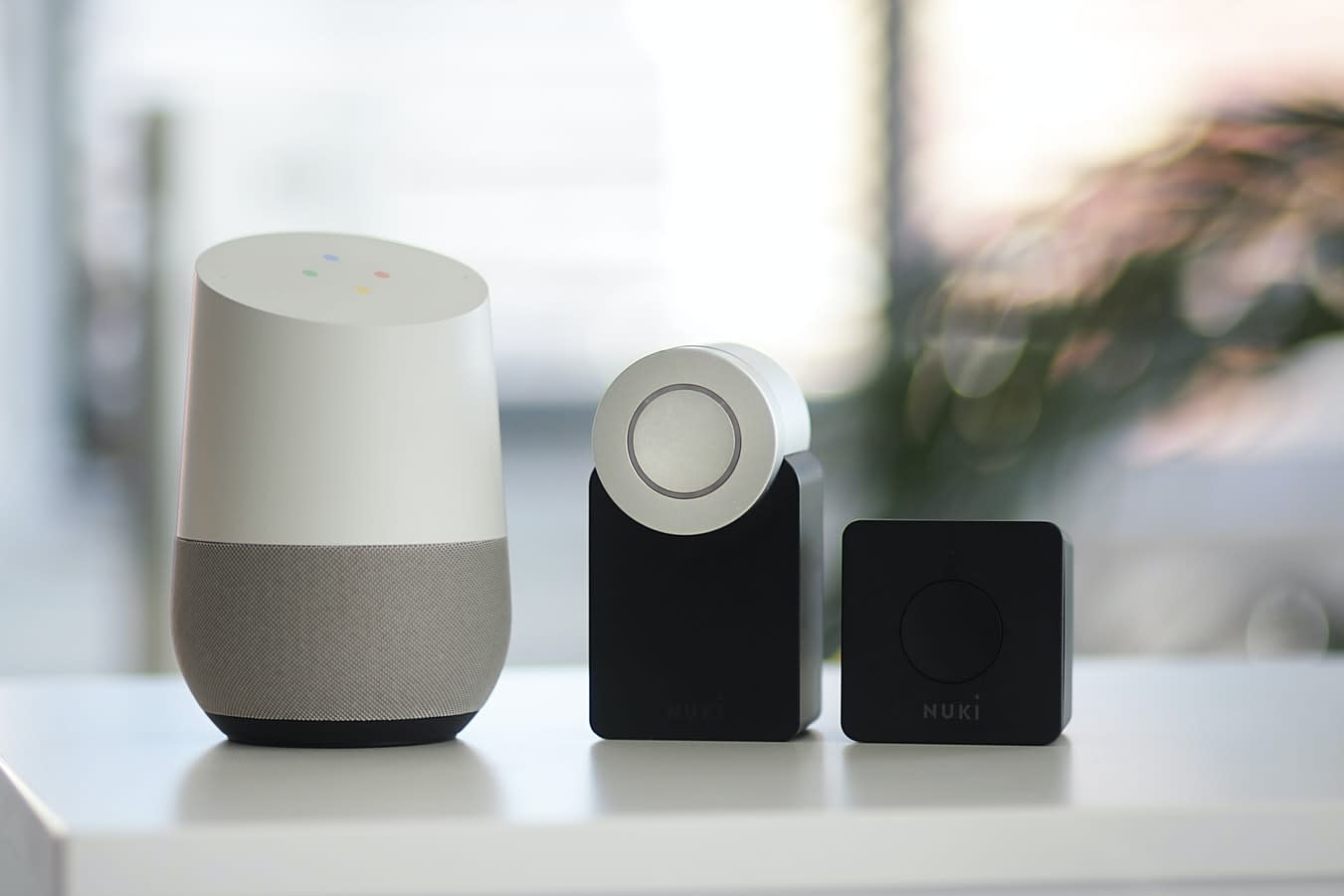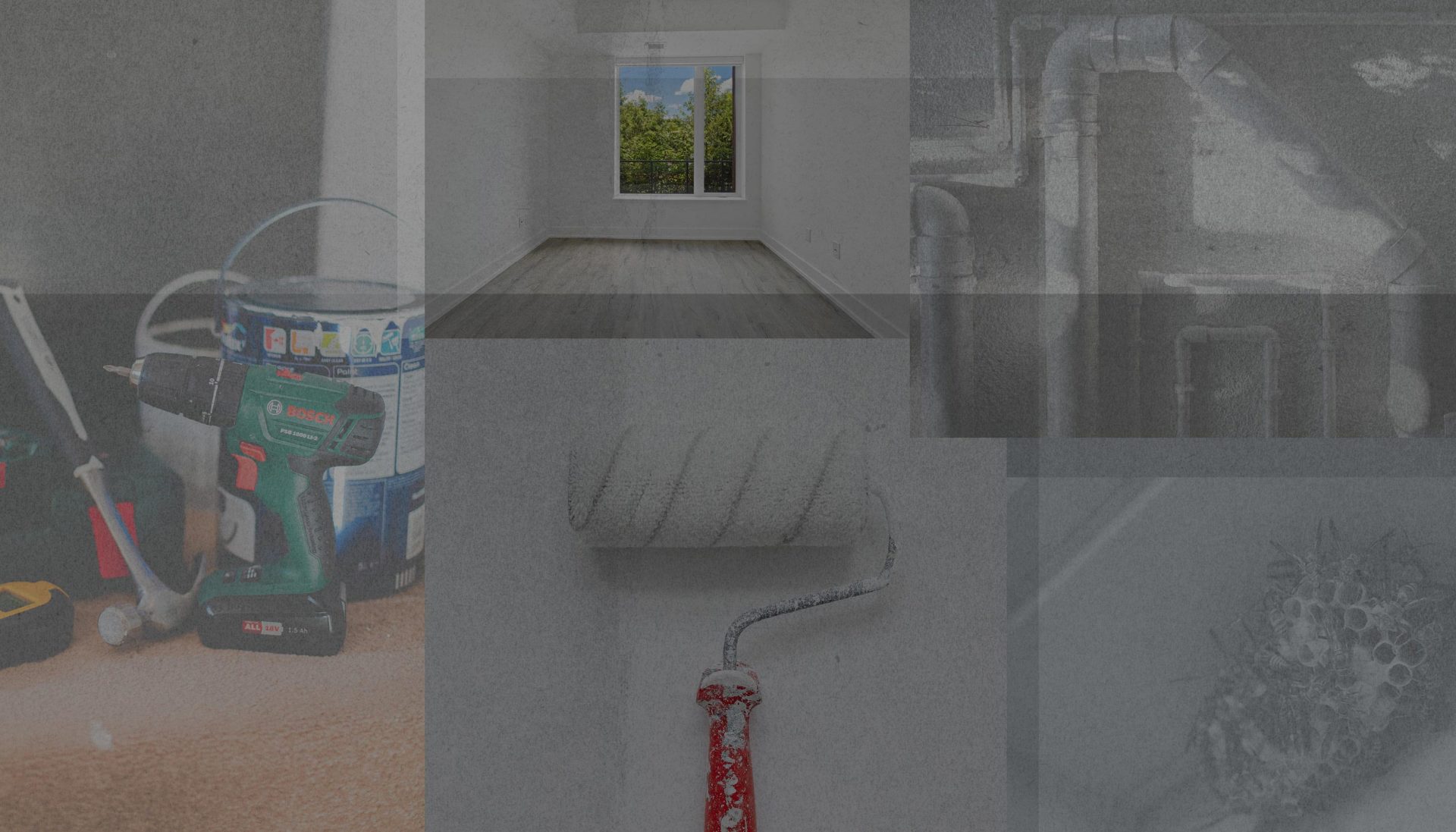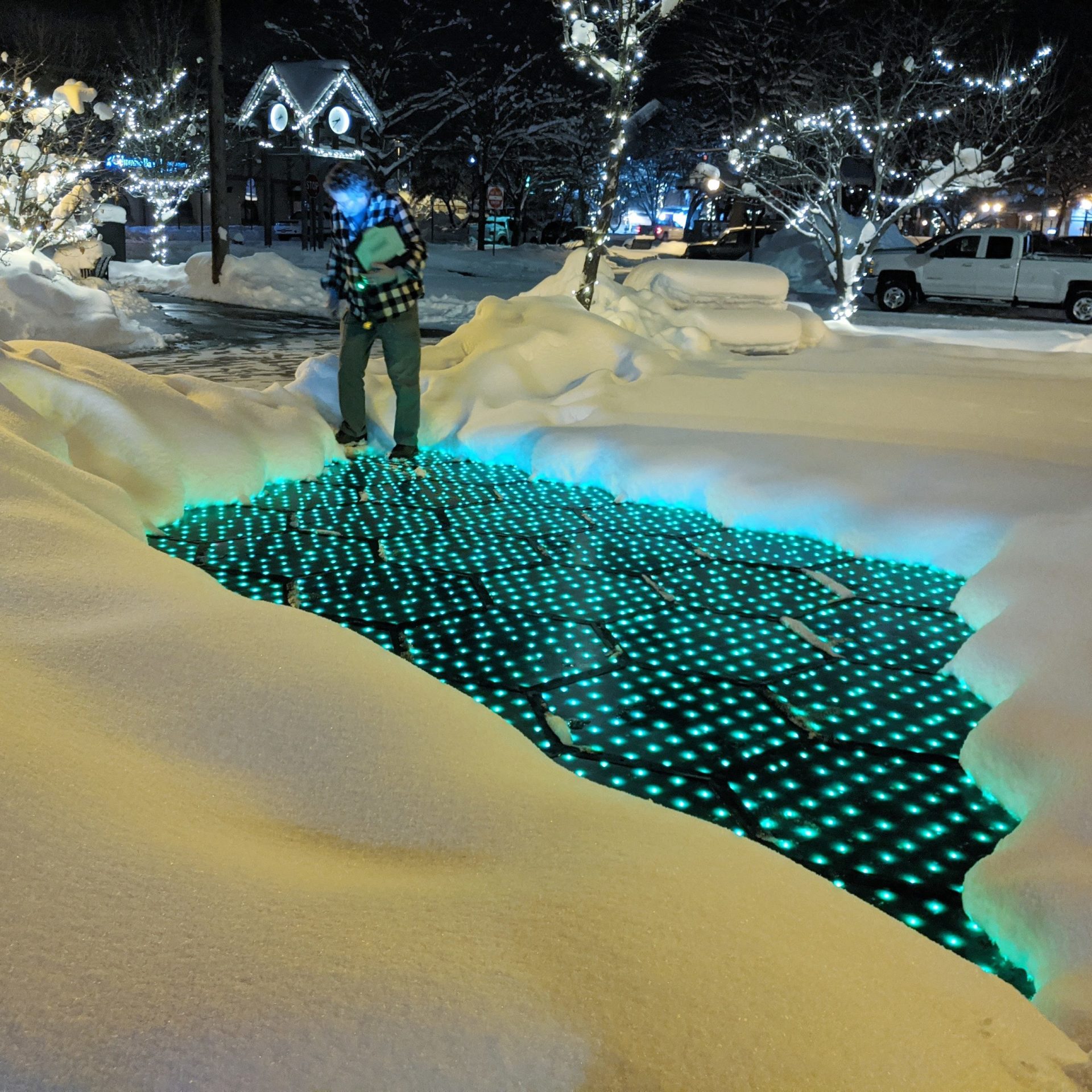Amazon Alexa, Google Home and other smart home devices have grown in popularity over the past few years, especially among homeowners. Smart home devices allow users to digitally control a variety of functions inside their homes⏤such as climate and security⏤using a smartphone. While homeowners have been quick to use this technology, rental property owners have been slower to adopt it.
But Mynd recommends that property managers move fast when it comes to installing one type of smart home device⏤smart locks⏤to improve resident safety and provide real estate owners with increased revenue.
What are smart locks?
Smart locks are digital devices that give residents keyless access to their units via a smartphone. You simply need a digital access code that’s delivered directly to your device to enter a unit.
When deployed correctly, smart locks provide:
- A better living experience through improved security
- Convenience when it comes time to schedule showings
- Faster repairs and maintenance
- Additional revenue for property owners
Keyless-Entry Systems Enable Self-Showings
Smart locks enable self-showings, giving tenants more control over the sometimes competitive process of signing a lease. Traditionally, a prospective resident spends significant time trying to schedule a showing. They have to work around the property manager’s schedule, which could cause delays.
Booking an appointment is easy. The prospect simply signs up, provides a copy of their ID and credit card for verification, and selects when they’d like to view the unit.
Before the showing, the prospect receives a unique access code to tour the property during a specific window of time. The code remains valid only during the allotted time frame. Prospects don’t have to worry about a property manager showing up late to the appointment or hovering over their shoulder while they tour the unit.
Residents benefit from better security
Smart locks are more secure than traditional keyed-entry systems. At MYND, we only use self-showings at vacant properties, so a resident's personal belongings are never at risk. Smart locks provide an audit trail: Property managers maintain an activity log of anyone who enters or exits the unit with their unique access code. As an added security measure, the prospect’s credit card information is kept on file.
Traditional locks provide no record of who entered the unit, when they entered it, or if they entered the unit at all.
Traditional keys become obsolete
We’ve all been in this situation before: You run out to the car for a minute and realize you’ve locked your keys inside the house. That’s why smart locks are such a valuable amenity: They eliminate the need for traditional keys, which can be forgotten, misplaced, or stolen. Unnecessary calls to a locksmith are also eliminated. Residents simply need to use their smartphone to unlock their unit.
Visitors also gain keyless entry, with the blessing of the resident. Smart locks allow residents to share unique access codes with visitors of their choosing. They can issue a one-time access code to friends, relatives, the dog walker or any other guest. The property manager can also generate access codes for third-party vendors to access the unit, thereby facilitating faster, more efficient repairs and maintenance.
Smart locks add value for owners
Smart locks keep tenants safe, and provide owners with access to additional revenue. On average, Mynd property owners collect $120 a year more in rent for each unit with a smart lock compared to one without. In addition, smart locks tend to attract more tech-savvy and financially secure tenants.
Units with smart locks also lease up faster. On average, smart locks trim three to seven days of vacancy from a lease. If the average apartment rents for $1,500 per month, a seven-day reduction in vacancy can save owners $140 with each turnover. The average property owner recoups their investment in smart locks within seven months of installing them.
Make the smart choice
Smart locks simplify rental-home living, ownership and property management. They give residents and managers the ability to utilize self-showings, keep residents safe and facilitate faster repairs, all while saving owners money.



